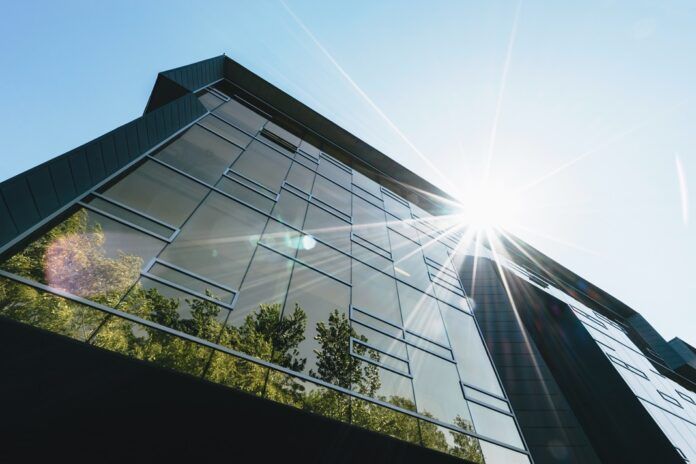
New research has revealed that 20% of building service engineers are unfamiliar with the UK Building Regulations’ Approved Document O, which addresses overheating in buildings, and 46% claim to understand the theory behind it but are unsure how to put it into practice.
The new study, commissioned by Zehnder Group UK in collaboration with CIBSE Journal, found that while 34% of respondents claimed to know Part O ‘inside out’, the majority had a limited understanding – with 19% admitting they don’t understand it at all.
These findings form part of a new report that surveyed architects, consultants, developers and contractors, to get a better view of the understanding across the building industry when it comes to overheating.
According to a statement, when properties exceed a temperature threshold of 26°C for extended periods it can seriously affect occupant thermal comfort, health and wellbeing as well as productivity.
Currently the Climate Change Committee stated that nearly one-fifth of UK homes already overheat, even during cool summers and it is reported that nine in 10 existing UK homes will be at risk of overheating if worldwide temperatures rise to 2°C above pre-industrial levels by 2050, if global warming continues on its current trajectory.
The research found that despite this evidence of overheating risks, the topic ranked relatively low among the respondents’ list of priorities, with design, quality, building regulations, and energy efficiency coming out on top in new building projects – whereas modelling against the risk of overheating ranked eighth.
When asked what kept them up at night when planning a new building project, the top three concerns were design, cost and quality, with overheating being cited as sixth.
Jason Bennett, an indoor air quality expert at Zehnder Group UK, said: “The issue of overheating isn’t going to go away; it’s only going to get worse as climate change has more of an impact, heatwaves become more frequent and we continue to create highly energy-efficient homes that are effectively turning into ‘hot boxes’.
“When we create these energy efficient homes and high-rise apartment buildings of lightweight structural materials that are notorious for solar gains and lack thermal mass as well as greenhouse levels of glass, we end up spending a lot of money trying to reduce the temperature within those properties. Whilst improved energy efficiency must continue to be a priority, the future has to be about cooling solutions to ensure comfort and improved health for building occupants.”
